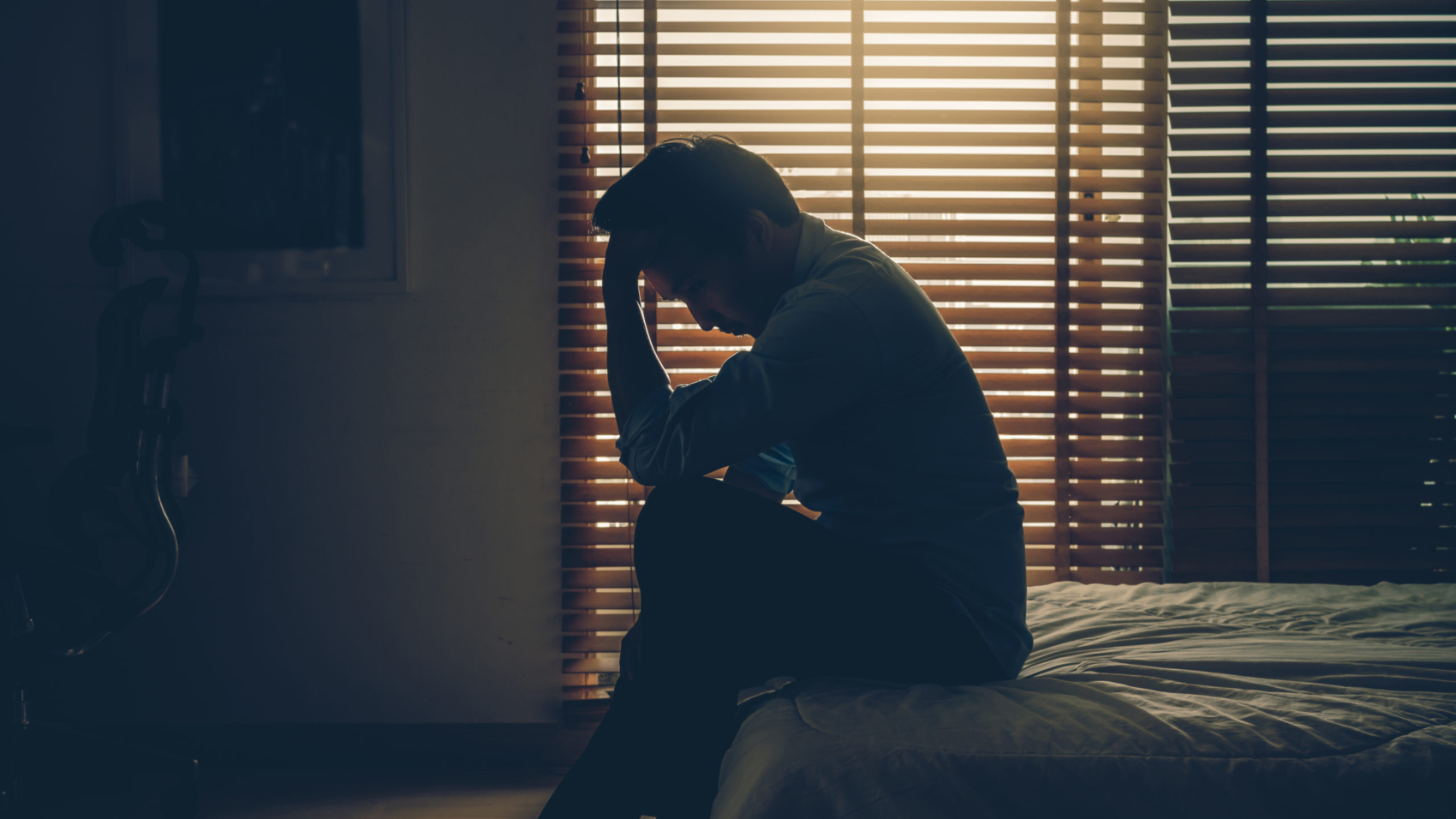Are you questioning your drinking habits? Do you enjoy drinking alcohol, but sense that you may be enjoying it a little too much? Alcoholism is a progressive and devastating disease that destroys the lives of users that the ones they love. Alcohol addiction is gradual in its development, and it is often difficult to sense when something isn’t right. You may be at that crossroads, and you may be asking the question of how do I know if I am an alcoholic?
If you are asking yourself that hard question, this article will give you the information you need to find definitive answers. You will learn more about the signs of alcohol abuse as well as the long-term effects of alcohol abuse. Importantly, you will learn where you can find help. If the constant question of am I an alcoholic is an everyday occurrence, call the Last House today. We provide sober living and clinical support to help you find lasting recovery.
What Are the Signs of Alcohol Abuse?
Alcohol abuse can range from mild, moderate, to severe based on the signs that you experience. The common signs of alcohol abuse include the following:
- Being unable to cut back or quit drinking despite wanting to
- Feeling ashamed by the amount of alcohol you consume
- Spending significant time drinking, thinking about drinking, or recovering from drinking
- Feeling urges to drink alcohol regularly
- Continuing to drunk even when it prevents you from fulfilling obligations at work, school, or home
- Continuing to drink even though it damages relationships
- Giving up or reducing social and work activities and hobbies to use alcohol
- Developing a tolerance to alcohol, so you have to drink more to achieve the same effects
What Are the Long-Term Effects of Alcohol Use?
If you abuse alcohol for long periods, you will experience a variety of damaging effects on your health. Long-term alcohol use interferes with the communication pathways in the brain, and you will experience problems with cognition and motor movement. Long-term drinking can also damage the heart and increase the risk of stroke, high blood pressure, and heart arrhythmias. You can also increase your risk of developing cirrhosis of the liver and alcoholic hepatitis.
Disturbingly, chronic alcohol misuse increases the risk of developing certain forms of cancer including the following:
- Head and neck cancer
- Esophageal cancer
- Liver cancer
- Breast cancer
- Colorectal cancer
How Do I Know If I Am an Alcoholic?
So comes the million dollar question:
How do I know if I am an alcoholic?
To truthfully answer that question, you must stop and take an honest look at your drinking. The following are telltale signs that you are engaging in problem drinking:
- Constant cravings for alcohol
- Drinking in isolation
- Losing interest in activities you once loved
- Irritability and mood swings
- Withdrawal
- Prioritizing drinking over your other responsibilities
- Drinking first thing in the morning
- Intense and persistent feelings of guilt
- Feeling unable to control how much alcohol you drink or to stop drinking
- Continuing to drink despite family, financial, and health problems
You can also take an alcohol test to determine if you are an alcoholic. Tests such as the CAGE Substance Abuse Screening Tool and the AUDIT Test are helpful in enabling you see the bigger picture. If you determine that you are an alcoholic, you must seek professional help. The rehab program you choose must have evidence-based programs such as detox, therapy, life, and coping skills training, 12-step group support, and aftercare options, among others. Experienced treatment staff must be able to customize a program that meets your specific needs.
The Last House: Sober Living That Makes a Difference
Are you struggling with alcohol abuse but are unable to commit to an inpatient program? Are you new in recovery and need extra support as you transition back into your daily life? As one of Southern California’s premier sober living networks, The Last House provides men from all walks of life with evidence-based sober living and clinical support programs that transform your life. The tools and support from staff and peers at The Last House will give you a solid foundation to build lasting recovery.
Are you ready to live your best life? Call The Last House today.










